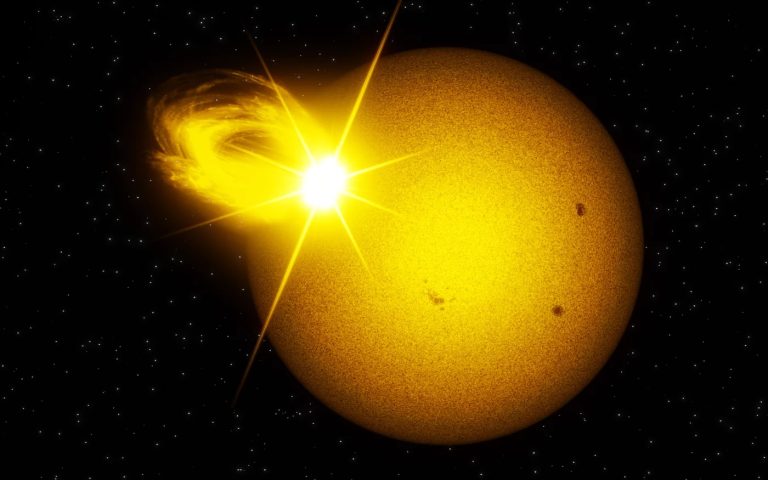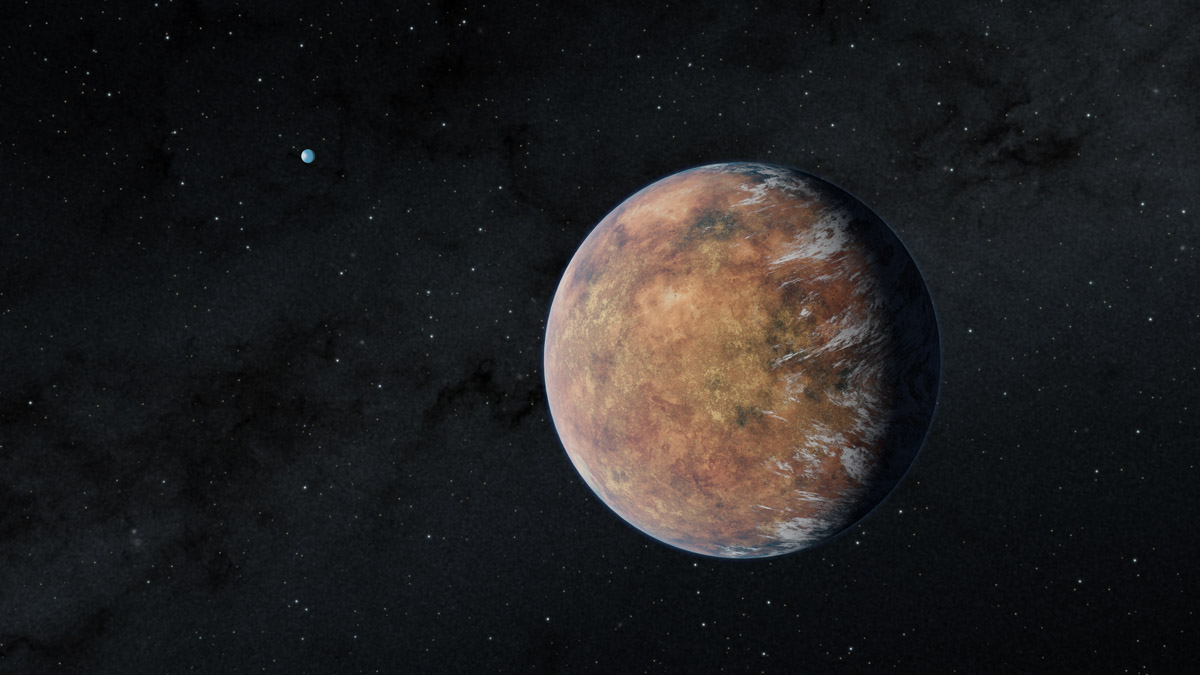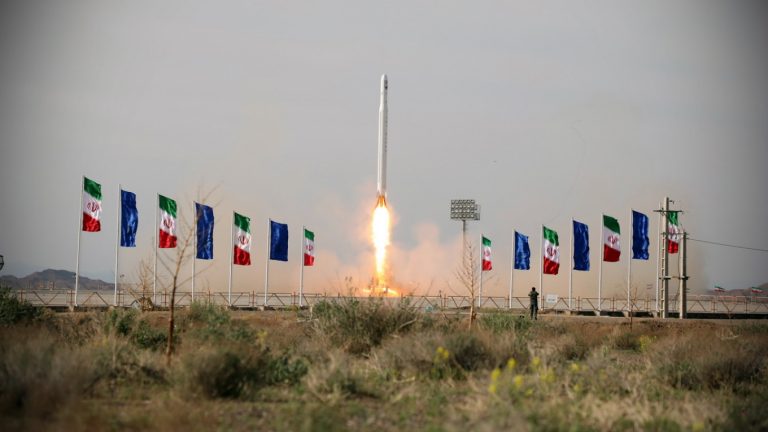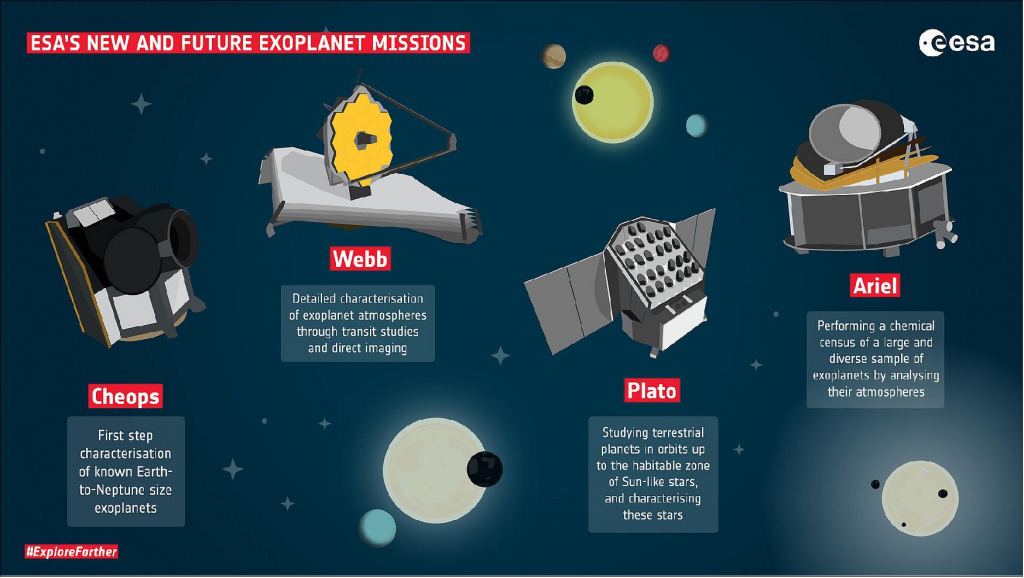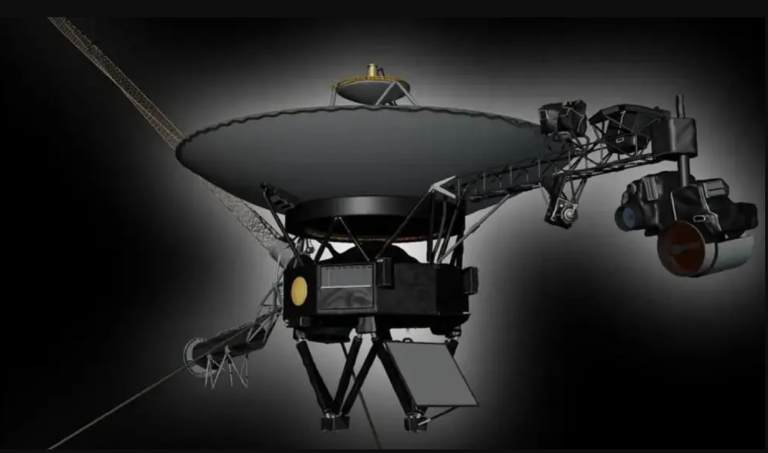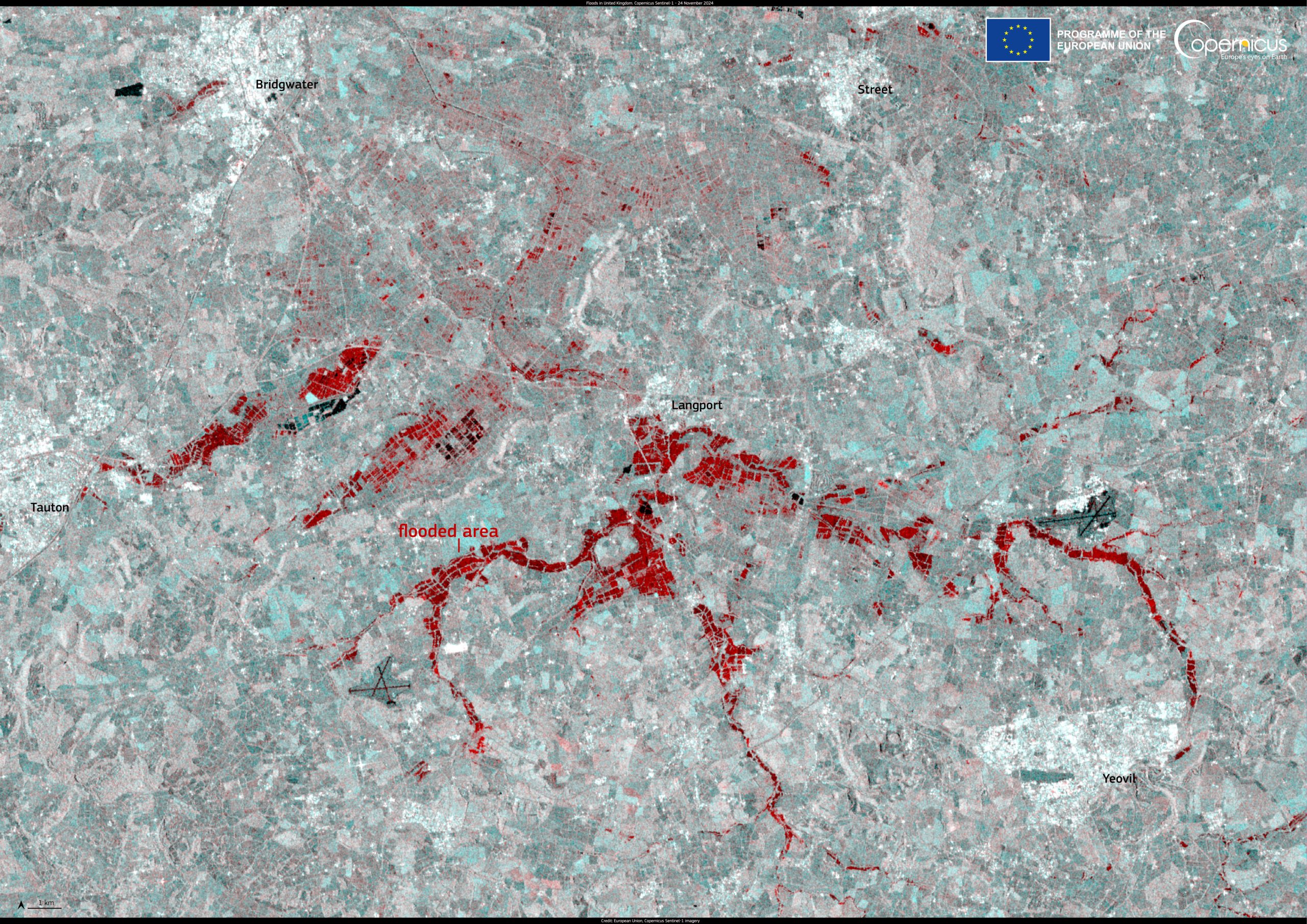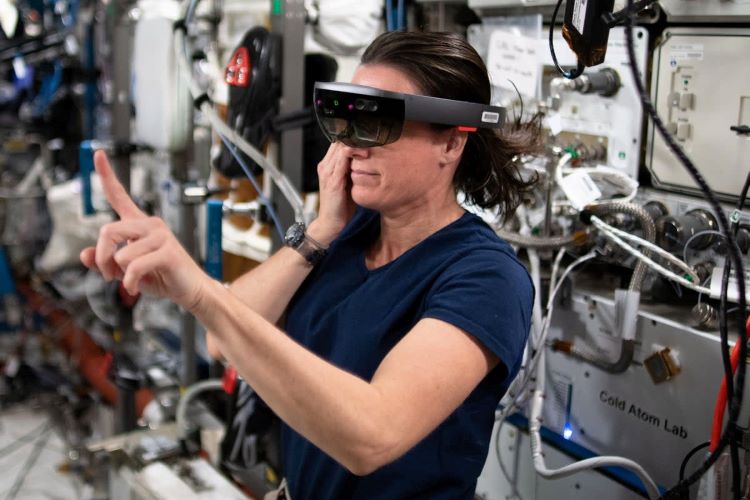New Research Reveals the Sun’s Unexpected Flare Activity
The Sun, our life-sustaining star, continues to amaze scientists with its unpredictable and powerful flare activities. Recent studies utilizing data from the Kepler Space Telescope have revealed groundbreaking insights into solar superflares, their frequency, and the potential risks they pose to Earth. While much has been discovered, the Sun’s capacity for producing superflares remains a compelling mystery that demands further exploration.
Summary
- Solar activity peaked in May, with more than 350 solar flares and storms, including the strongest storm in 20 years.
- Superflares, far more energetic than normal solar flares, release energy equivalent to 10³² erg.
- Historical records, such as tree rings and glacial ice, show evidence of past superflares but lack precise frequency data.
- Recent analysis of Kepler data suggests that Sun-like stars produce superflares roughly once every century.
- The Carrington Event of 1859, a violent solar storm, released only one-hundredth the energy of a superflare.
- Researchers studied data from 56,450 Sun-like stars observed between 2009 and 2013 by the Kepler Space Telescope.
- The study revealed 2,889 superflares from 2,527 stars, suggesting one superflare per star per century.
- This research highlights a need for advanced solar monitoring and forecasting technologies.
- The ESA’s Vigil probe, set for launch by 2031, aims to enhance our understanding of solar activity and provide better early warnings.
- Links between superflares, coronal mass ejections (CMEs), and extreme solar particle events remain uncertain.
- Ground-based and space-based solar observatories are crucial to understanding the Sun’s long-term behavior.
Exploring the Sun’s Flare Activity
The Sun’s behavior remains a subject of fascination and concern for researchers. Its ability to produce powerful bursts of energy, known as solar flares, directly impacts Earth’s technological infrastructure. These flares release electromagnetic radiation and charged particles, which can disrupt satellite communications, power grids, and navigation systems.
One of the most alarming questions in solar physics is whether the Sun is capable of producing “superflares” — events that dwarf regular solar flares in magnitude and intensity. Until recently, scientists relied on indirect evidence, such as radioactive isotopes in tree rings, to study these events. However, advances in space-based observatories have opened new avenues for research.
What Are Superflares?
Superflares are massive explosions on the surface of stars that release energy levels far exceeding typical solar flares. For comparison, a superflare emits approximately 10³² erg of energy, compared to the Carrington Event, which released one-hundredth of that amount. Such extreme events could have devastating consequences for modern society if they were to occur today.
Kepler Space Telescope’s Role in Superflare Research
Launched in 2009, the Kepler Space Telescope revolutionized the study of exoplanets by monitoring the brightness of over 100,000 stars. However, its data also provided invaluable insights into stellar activity, including flares and superflares.
Key Observations
Researchers analyzed data from 56,450 Sun-like stars captured by Kepler between 2009 and 2013. The study identified 2,889 superflares from these stars, providing a clearer understanding of their frequency. Unlike earlier studies, which relied on indirect evidence, this research directly observed stellar activity, making it the most sensitive and precise to date.
Table 1: Characteristics of Solar Flares vs. Superflares
| Feature | Solar Flare | Superflare |
|---|---|---|
| Energy Released | 10³¹ erg | 10³² erg |
| Frequency (Sun-like Stars) | 1 per decade | 1 per century |
| Potential Impacts on Earth | Satellite disruptions | Global technological chaos |
| Historical Example | Carrington Event (1859) | No direct observation yet |
Challenges in Superflare Research
Despite these advancements, many challenges remain. For instance, it is unclear how superflares relate to other solar phenomena, such as coronal mass ejections (CMEs) and extreme solar particle events. CMEs are massive bursts of solar wind and magnetic fields that can cause geomagnetic storms on Earth.
Indirect Evidence: Tree Rings and Glacial Samples
One way scientists study past solar activity is by analyzing radioactive isotopes, such as carbon-14 (C14), found in tree rings and ice cores. These isotopes form when solar particles interact with Earth’s atmosphere, leaving a long-lasting record. By examining these samples, researchers have identified five extreme solar events in the past 12,000 years, suggesting a frequency of one superflare every 1,500 years.
However, this method has limitations. It cannot account for all potential superflares, and the relationship between superflares and isotopic evidence is not fully understood.
Table 2: Methods for Studying Superflares
| Method | Strengths | Limitations |
|---|---|---|
| Direct Observation | Real-time data from telescopes | Limited time frame of observations |
| Radioactive Isotope Analysis | Long-term historical record | Incomplete data on flare frequency |
| Stellar Comparisons | Provides broader context | Assumes Sun-like behavior in other stars |
Implications for Earth
The potential for a superflare to occur on the Sun poses significant risks to Earth’s infrastructure. In today’s interconnected world, such an event could lead to widespread power outages, satellite failures, and disruptions to GPS and communication networks.
Technological Advancements in Solar Monitoring
To mitigate these risks, scientists are developing advanced monitoring systems. For example, the European Space Agency (ESA) is preparing to launch the Vigil probe by 2031. This spacecraft will provide continuous observations of the Sun’s polar regions, offering early warnings of solar storms.
The Polarimetric and Magnetic Imager (PHI) instrument aboard Vigil will play a crucial role in this effort, enabling precise measurements of the Sun’s magnetic fields.
Facts About the Sun
- The Sun contains 99.86% of the mass in our solar system.
- A million Earths could fit inside the Sun.
- The Sun is a nearly perfect sphere, with only a 10 km difference in diameter between its poles and equator.
- The Sun’s energy output is equivalent to 384.6 septillion watts.
Future Directions in Solar Research
While the current study provides valuable insights, much remains unknown about the Sun’s flare activity. Researchers are particularly interested in understanding the relationship between superflares, CMEs, and extreme solar particle events. This knowledge could improve space weather forecasting and help protect Earth’s technological systems.
Collaborative Efforts
The study involved multiple institutions, including the Max Planck Institute for Solar System Research, the National Solar Observatory, and the University of Colorado Boulder. This collaborative approach highlights the importance of pooling resources and expertise to tackle complex scientific questions.
References
- Max Planck Institute for Solar System Research
- Science Journal
- European Space Agency
- NASA Kepler Mission
- National Solar Observatory

